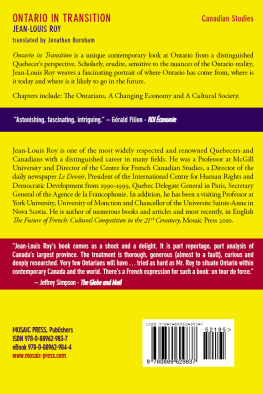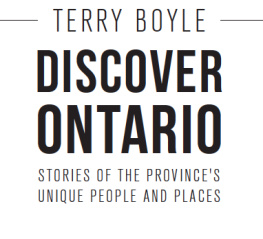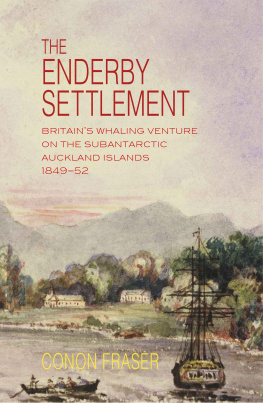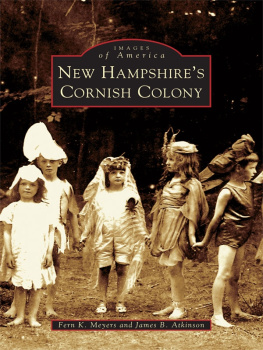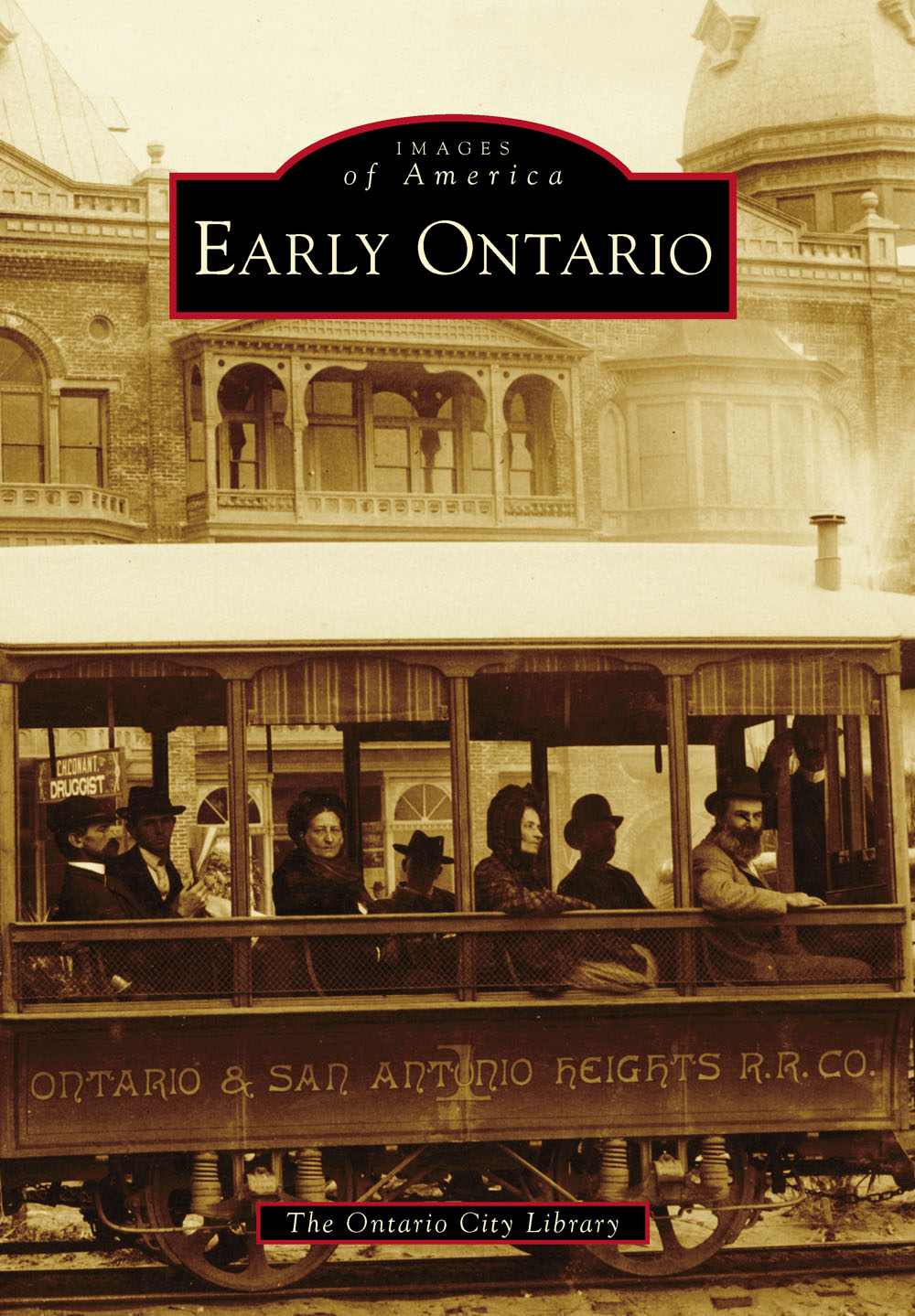
IMAGES
of America
EARLY ONTARIO

Five young women pose under an Ontario sign advertising electric cars to the head of Euclid Avenue around 1912. Behind them is the Chaffey Fountain, in the original garden on the Euclid Avenue median, which touted the abundance of water to train passengers when the colony was established. The Frankish Fountain, constructed in 1886, sits behind the palm tree.
ON THE COVER: Ontarios famous gravity mule car, designed by Ontarian J.B. Tays, transported residents and visitors up and down the beautiful Euclid Avenue median from 1888 until it was electrified in 1895.
IMAGES
of America
EARLY ONTARIO
The Ontario City Library

Copyright 2014 by the Ontario City Library
ISBN 978-1-4671-3240-4
Ebook ISBN 9781439648629
Published by Arcadia Publishing
Charleston, South Carolina
Library of Congress Control Number: 2014936329
For all general information, please contact Arcadia Publishing:
Telephone 843-853-2070
Fax 843-853-0044
E-mail
For customer service and orders:
Toll-Free 1-888-313-2665
Visit us on the Internet at www.arcadiapublishing.com
This book is dedicated to the people of Ontario, who continue to keep our history alive.
CONTENTS
ACKNOWLEDGMENTS
This book has been over 130 years in the making. The people of Ontario have always exhibited a strong interest in their history, and only through generous donations and support from our fellow Ontarians have we been able to compile this book. Because Ontario has such a story to tell, for this volume, we have narrowed our focus to Ontarios first 40 or so years, highlighting specific people who made a great impact on the city during that time. Considering the vastness of Ontarios rich history, we are unable to include all of the people, places, events, and businesses that helped shape our history, for to do so would require a much larger volume than this; however, we hope that we have created a well-rounded overview of Ontarios early history.
This book is the product of a two-year project organized by the staff of the Robert E. Ellingwood Model Colony History Room at the Ontario City Library. To compile the book, we utilized the many treasures, photographs, and information collected by the history room over the past several decades. The project was managed by Kelly Zackmann, local history librarian, who also wrote the bulk of the text. Additional text was written by Joanne Boyajian, Solie Daza, Helen Fisher, and Shawn Thrasher. Research and technical support was provided by Alana Forbes, Martha Rodriguez, and Solie Daza. The Model Colony History Room would like to thank Cliff Graber and Connie Hernandez of Graber Olive House for providing historical information and numerous images, and for their suggestions and support. We extend special appreciation to Diane Ayala and Rudy Zeledon of the Ontario Planning Department for their input, suggestions, and feedback. Additional thanks to Theresa Hanley of the Ontario Museum of History and Art for providing well-respected guidance and analysis.
All images appear courtesy of the Ontario City Library and Graber Olive House. The library would like to thank the City of Ontario and the Ontario City Council for continuing to support our efforts to preserve and promote local history and historic preservation.
We invite our fellow Ontarians to continue to help our history grow. Please share your stories, family histories, photographs, and local treasures with us in the Robert E. Ellingwood Model Colony History Room at the Ontario City Library.
INTRODUCTION
Ontario celebrates a rich history and heritage, which has shaped what it is today. The land that was to become Ontario in the 1880s was home only to the Tongva Indians until the Franciscans arrived in 1768, developing the Spanish mission system. Mission San Gabriel Arcngel was founded in 1771, which was a pivotal point in the European settlement of the Inland Empire. The Tongva were lured into religious conversion whether they were willing or not, becoming the missions labor force, working the land as cattle was raised and grapes and citrus were grown, making San Gabriel Arcngel one of the most prosperous missions in the system.
Mexico gained independence from Spain in 1821, and the missions were secularized in 1833. Soon, the Mexican government began awarding land grants to the Californios who were willing to work the land formerly held by the Spanish missions. The Cucamonga Rancho was granted to Tiburcio Tapia, and the Rancho Santa Ana del Chino was granted to Don Antonio Maria Lugo. Portions of these two ranchos would later comprise the area we now know as Ontario. Over the next 50 years, the ranchos would disappear and the land would be carved up and sold.
Ontario was founded in 1882 by George and William Chaffey, brothers from Brockville, Ontario, Canada, who had come to America and settled in Riverside, California. George Chaffey was an engineer and was fascinated by the challenge of irrigating the arid region once known as the Cucamonga Rancho. On Thanksgiving Day in 1881, the Chaffey brothers made an offer to Capt. Joseph Garcia, a Portuguese mariner who left the sea behind to raise sheep in the area, to purchase his large rancho. The brothers purchased 560 acres of land from Garcia with full water rights. A small portion of that land was divided up, and each lot was provided with irrigation from the nearby canyons. George Chaffey named this area Etiwanda and sold the lots, each complete with its own water rights, to settlers. Etiwanda was such a success that the brothers decided to repeat the project on a grander scale, and purchased another 6,216 acres from Garcia along with over 2,500 acres of land from others, most importantly from the Southern Pacific Railroad, which brought their new colony landholdings down to the Southern Pacific tracks. Their model colony was born. It was named Ontario after the brothers home province in Canada.
George Chaffey developed four principles for the new town site:
(1) To distribute water by concrete pipe to each lot, with each landowner provided an equal share of water rights;
(2) to construct a beautiful thoroughfare from one end of the settlement to the other;
(3) to establish a college to provide agricultural education to the residents and general education for their children; and
(4) to forbid the sale of intoxicating liquor in order to guarantee the highest class of settlers.
The Chaffeys Ontario Land Company developed brochures and maps boasting of the sunshine and healthy climate in Ontario, sending them back east to lure new settlers. They built a land office complete with a fountain that was used to publicize the abundance of water to potential land buyers who stopped in or passed by the colony by rail. Their strategies worked, and the colony quickly grew, with most settlers coming either from Canada or the Midwest, and many of them coming to sunny Southern California for health reasons.
In 1885, seeing the Chaffeys advanced principles at work in Ontario, Australians asked the Chaffeys to come to Victoria to develop similar irrigation settlements there. So, in 1886, the brothers sold their entire stake in Ontario to a group of Los Angeles investors, headed by Charles Frankish, an Englishman who came to California by way of Canada and the Midwest himself. The business was named the Ontario Land and Improvement Company, and improve is just what Frankish did. He was responsible for developing San Antonio Heights, the South Side Tract, and the famous Ontario gravity mule car line. Robert Ely Blackburn created Blackburns Addition in the 1890s from land that was formerly part of the Rancho Santa Ana del Chino, adding another 1,100 acres to the town. Ontario incorporated in 1891, much to the dismay of Charles Frankish, but, despite losing his foothold in the community, he continued to deal in real estate as well as other local enterprises, and remained an influential figure in the new city until his death in 1931.
Next page

